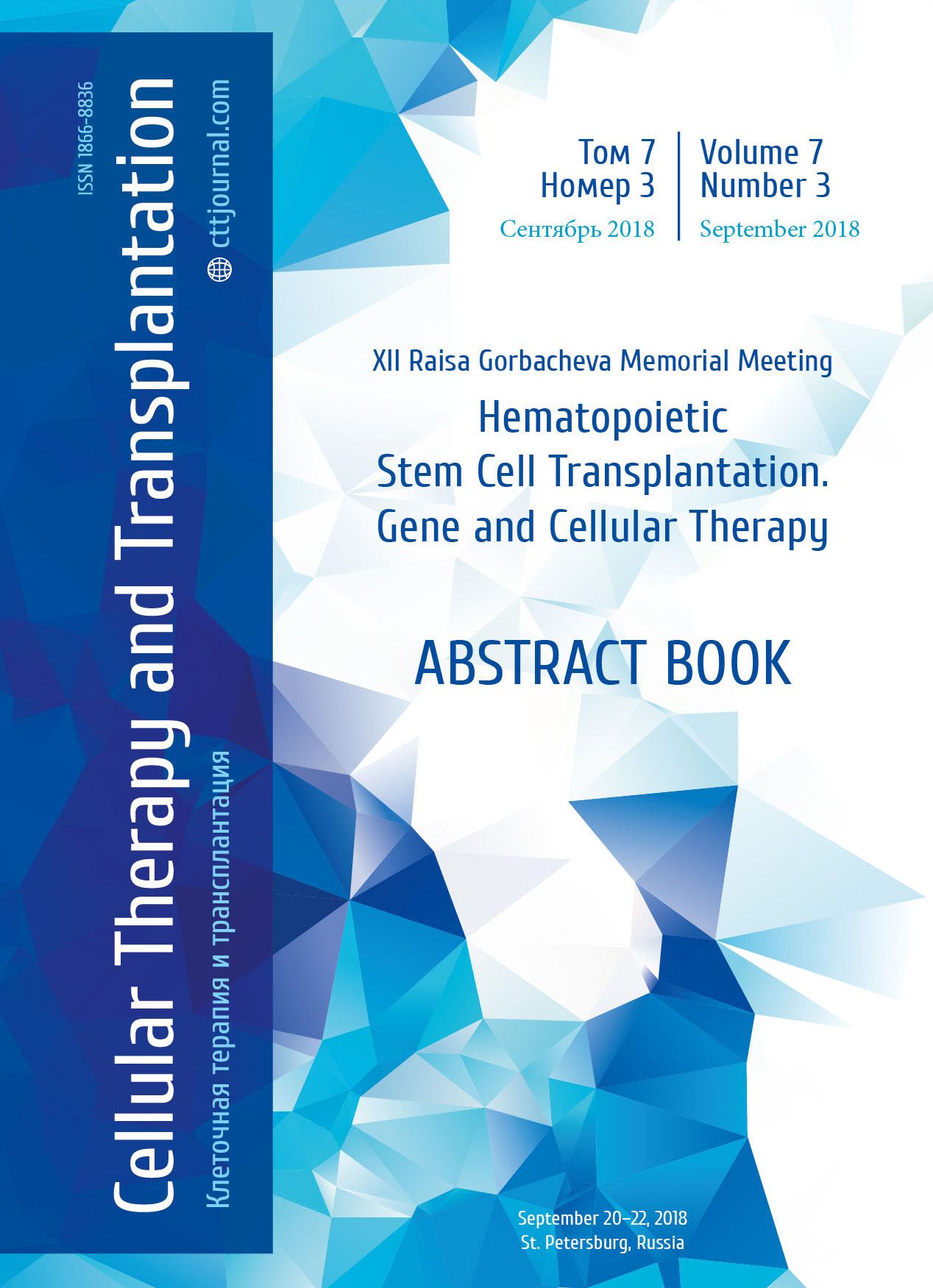Nivolumab treatment in patients with relapsed/refractory HIV-related lymphomas
Summary
Introduction
Infection with HIV is associated with a significantly increased risk of cancer, including Hodgkin lymphoma (HL) and non-Hodgkin lymphoma (NHL) even when patients are treated successfully with modern combination anti-retroviral therapy (cART). Immune preservation with cART has changed the therapeutic approach to HIV-related lymphoma, allowing the use standard chemotherapy, including high dose chemotherapy with autologous hematopoietic stem cell transplantation (ASCT) [1]. Nivolumab is a salvage option in relapsed/refractory (r/r) HL and NHL, but efficacy and safety in patients with HIV infection are still unknown. Patients with HIV-related lymphoma may benefit not only anticancer activity of nivolumab, but also from its potential anti-HIV effect [2]. Just a few cases of HIV-related lymphoma treated with nivolumab were reported [3, 4]. We describe a case series of r/r HIV-related lymphoma receiving nivolumab in Raisa Gorbacheva Institute of Children Oncology, Haematology and Transplantation, First Pavlov State Medical University of Saint-Petersburg.
Patients and methods
Six male patients with r/r HIV-related lymphoma were treated with nivolumab in 2017. Clinical response to therapy was the primary endpoint. Secondary endpoints were determined by toxicity, relapse incidence and overall survival (OS) at 12 months after first nivolumab infusion. Common Terminology Criteria for Adverse Events (CTCAE v4.03) for the toxicity analysis and immune-related adverse effects have been used. LYRIC criteria for assessing FDG-PET/CT were applied.
Results
The underlying diseases in the patients observed were as follows: HL was registered in four cases (66%), whereas NHL and diffuse large B-cell lymphoma (DLBCL) were diagnosed in two remaining patients (34%). Median number of prior lines of therapy was 2 (range, 2-3). Three patients received nivolumab as a bridge to ASCT. Relapse after ASCT was treated in one patient, two patients didn’t proceed to ASCT. Two patients with HL received nivolumab as monotherapy, 4 patients were subject to nivolumab in combination with bendamustine and gemcitabine, including one patient receiving supplemental treatment with rituximab. The median dose of nivolumab was 1 mg/kg (range, 0.5-1.5 mg/kg). The median number of nivolumab doses received was 8.5 (range, 2-12). The median number of CD4+ cells was 382 cells/μl (range, 45-490); 83.3% patients were on cART. One patient didn’t received cART due acute renal failure (creatinine 680 mcM). Only 5 patients were available for objective response estimation, one of them died before PET/CT study was performed. Overall response rate was 83.3%. Of those, partial remission was shown in two HL patients; three patients with HL and NHL (50% of total) had complete metabolic responses, and one patient with NHL developed the disease progression, as clinically assessed. Toxicity according to CTCAE and any immune-related adverse effects were not registered. Relapse of the underlying disease was diagnosed in 2 patients, time to progression for those patients were 485 days (HL) and 266 days (DLBCL). Overall survival (OS) at 12 months for the patients with HIV (n=6) from the time of nivolumab therapy was 83.3%. The patient who didn’t receive cART and developed acute renal failure died from the progression of lymphoma. Summary of patients are outlined on table 1.
Conclusion
Overall response rate in patients with HIV-related lymphomas was 83.3%. Toxicity and immune-related adverse effects were not registered. One-year overall survival in patients with HIV-related lymphoma was 83.3%. Preliminary data suggest that nivolumab is an effective and safe treatment option for r/r HIV-related lymphoma, but needs to be confirmed in larger studies.
References
1. Popova M.O., Rogacheva Y.A., Nekrasova A.V., et al. Autologous hematopoietic cell transplantation for HIVrelated lymphoma: results of a single center (CIC725) matched case-control study. Cell Ther Transplant (CTT). 2017; 6(4):42-51.
2. Guihot A, Marcelin AG, Massiani MA, et al. Drastic decrease of the HIV reservoir in a patient treated with Nivolumab for lung cancer. Ann Oncol. 2018; 29:517-518.
3. Chang E., Sabichi A.L., Kramer J.R., et al. Nivolumab Treatment for Cancers in the HIV-infected Population. J Immunother. 2018; 41:379–383.
4. Sandoval-Sus J.D., Mogollon-Duffo F., Patel A., et al. Nivolumab as salvage treatment in a patient with HIV-related relapsed/refractory Hodgkin lymphoma and liver failure with encephalopathy. J Immunother Cancer. 2017;20:49.
Keywords
Immunotherapy, HIV-related lymphoma, nivolumab, HIV, relapsed/refractory Hodgkin lymphoma, non-Hodgkin lymphoma, response to therapy, relapse incidence, toxicity, high-dose chemotherapy, autologous hematopoietic stem cell transplantation, overall survival.
Table 1. Some clinical characteristics of HIV patients treated with Nivolumab



